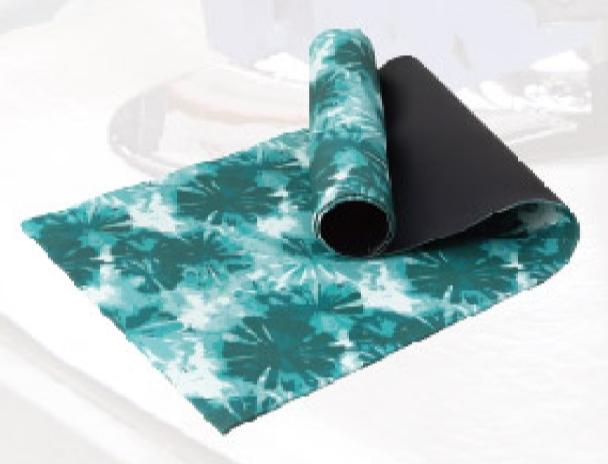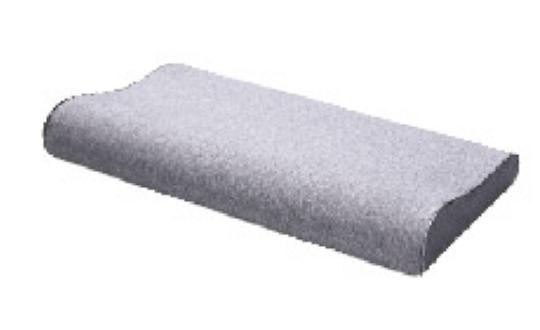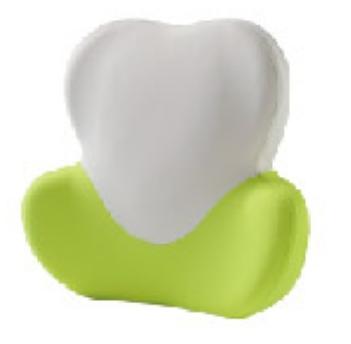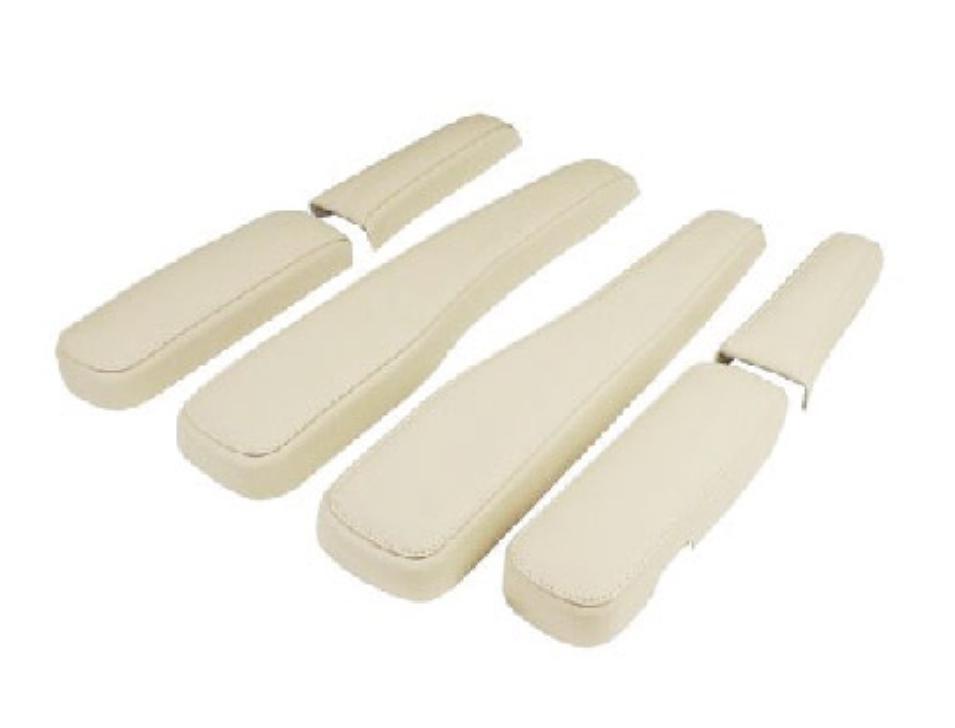Yoga is more than just a fitness routine; it’s a holistic practice that nurtures the body, mind, and spirit. At the heart of every yoga session lies the ヨガマット, a seemingly simple tool that can significantly impact comfort, stability, and overall practice quality. Yet with the wide variety of materials, thicknesses, textures, and designs available, selecting the perfect mat can feel overwhelming.
Understanding the differences between mat types and their features is key to making a choice that suits your individual needs. Factors such as grip, cushioning, portability, and durability all play an important role, whether you’re just starting your yoga journey, have years of practice, or frequently take your practice on the road. With the right knowledge, you can confidently choose a mat that enhances every pose, supports proper alignment, and helps you enjoy a safer, more comfortable yoga experience.
Why the Right Yoga Mat Matters
A yoga mat is not just a surface; it’s your foundation for stability, safety, and comfort. The right mat improves performance, prevents injuries, and allows you to focus fully on your poses and breathing. The main benefits of a quality yoga mat include:
-
Traction and stability: Avoid slips during standing or balancing poses.
-
Cushioning: Protect joints during floor poses like Plank, Downward Dog, and Lotus.
-
Support for long sessions: Comfortable mats reduce fatigue and discomfort.
-
Hygiene: High-quality materials are easier to clean and maintain.
Selecting a mat that aligns with your yoga style can enhance your practice and encourage consistency.
Key Factors to Consider When Choosing a Yoga Mat
Material
The material of a yoga mat affects grip, comfort, and longevity. Common materials include:
-
PVC (Polyvinyl Chloride): Durable and affordable, providing firm support. Suitable for beginners or budget-conscious practitioners.
-
TPE (Thermoplastic Elastomer): Eco-friendly, lightweight, and recyclable. Offers good traction for most practices.
-
Natural Rubber: Biodegradable, soft, and non-slip, ideal for hot yoga or intense flow sessions.
-
Cork: Natural, antimicrobial, and textured, providing a stable footing for standing poses.
-
Jute: Eco-conscious option, offering natural texture while maintaining stability when combined with rubber backing.
Thickness and Cushioning
Mat thickness influences comfort and stability:
-
3–4mm: Lightweight, portable, better for balance and standing poses.
-
5–6mm: Standard thickness, ideal for daily practice and joint support.
-
7mm+: Maximum cushioning for sensitive joints, suitable for floor-based yoga and restorative sessions.
Choosing the right thickness depends on your yoga style, body type, and personal comfort needs. Advanced practitioners may prefer thinner mats for stability, while beginners often benefit from thicker cushioning.
Grip and Texture
Grip is crucial, especially for challenging poses or sweaty practices:
-
Smooth mats: Comfortable but can be slippery during hot yoga or vigorous flows.
-
Textured mats: Provide excellent traction, reducing the risk of falls.
-
Raised or patterned surfaces: Enhance grip, particularly for advanced balance poses.
A mat with proper grip improves confidence, allows deeper stretches, and ensures safer practice.
Specialized Yoga Mats
Different yoga practices and environments require specialized mats:
- Beginner Mats
Beginners benefit from extra-cushioned, supportive mats. A 5–6mm PVC or TPE mat is usually ideal, offering comfort and stability while learning poses. - Travel Mats
Travel mats are lightweight, foldable, and compact, making them easy to carry to studios or on trips. Despite being thinner, high-quality travel mats maintain adequate comfort and traction for on-the-go practice. - Hot Yoga Mats
Hot yoga generates significant sweat, requiring mats with superior absorption and grip. Mats made from natural rubber or TPE with microfiber layers prevent slipping, enhancing safety and focus during intense flows. - Extra-Thick Mats
For practitioners with joint sensitivity or those who prefer restorative yoga, mats over 7mm provide extra cushioning. While they may reduce stability for some standing poses, the joint protection is invaluable for long sessions and floor work.

Eco-Friendly and Sustainable Mats
Sustainability is increasingly important to yogis who want their practice to reflect mindfulness in all aspects of life. Eco-friendly mats include:
-
Natural Rubber Mats: Biodegradable, renewable, and offering excellent traction.
-
Cork Mats: Naturally antimicrobial, firm, and stable.
-
TPE Mats: Recyclable and lightweight, a good compromise between performance and environmental impact.
These mats may cost more upfront than PVC options, but their durability and reduced environmental footprint make them a wise choice.
Recommended Yoga Mats of 2025
Based on reviews and expert opinions, the top yoga mats for 2025 include:
Liforme Original Yoga Mat
-
Material: Non-toxic TPE
-
Thickness: 4.2mm
-
Features: Alignment guides, excellent grip, eco-friendly
-
Best for: Hot yoga, all-level practitioners, eco-conscious users
Manduka PRO Yoga Mat
-
Material: PVC
-
Thickness: 6mm
-
Features: Lifetime warranty, durable, closed-cell surface
-
Best for: Studio use, long-term investment
Jade Yoga Harmony Mat
-
Material: Natural rubber
-
Thickness: 5mm
-
Features: Excellent traction, eco-friendly, US-made
-
Best for: Hot yoga, vigorous practices
Gaiam Essentials Thick Yoga Mat
-
Material: PVC
-
Thickness: 6mm
-
Features: Lightweight, affordable, non-slip
-
Best for: Beginners, casual home practice
Comparing Yoga Mats
| Mat Name | Material | Thickness | Grip | Eco-Friendly | Best Use |
|---|---|---|---|---|---|
| Liforme Original | TPE | 4.2mm | Excellent | Yes | Hot yoga, alignment guidance |
| Manduka PRO | PVC | 6mm | Excellent | No | Studio and long-term use |
| Jade Yoga Harmony | Rubber | 5mm | Excellent | Yes | Hot yoga, eco-conscious |
| Gaiam Essentials | PVC | 6mm | Good | No | Beginners, casual home practice |
Choosing the Right Yoga Mat for You
To select the ideal mat:
-
Assess your practice style: Hot yoga, restorative yoga, or travel-focused.
-
Set a budget: PVC mats are affordable, eco-friendly options cost more.
-
Consider joint health: Thicker mats provide extra support for sensitive knees, elbows, and wrists.
-
Prioritize grip: A non-slip surface enhances safety and confidence.
-
Evaluate portability: Travel mats should be lightweight and easy to store.
Enhancing Your Yoga Experience
The best yoga mat to use is one that complements your body, practice style, and personal values. Beginners may opt for cushioned, budget-friendly PVC mats. Advanced practitioners often invest in eco-friendly TPE or natural rubber mats for superior grip and durability. Travelers need lightweight, foldable mats, and hot yoga enthusiasts must prioritize non-slip materials.
For those who travel frequently or attend multiple classes, portability is key. Travel yoga mats are usually lighter, thinner, and foldable, allowing you to carry them in a backpack or suitcase without hassle. Despite their reduced thickness, many high-quality travel mats still offer adequate cushioning and grip.
If you’re frequently on the go, consider mats made of lightweight TPE or recycled rubber, as they strike a balance between comfort, durability, and portability. Some travel mats even feature built-in alignment markers to help maintain proper posture wherever you practice.




